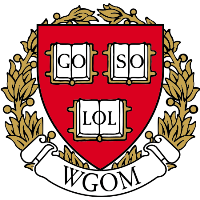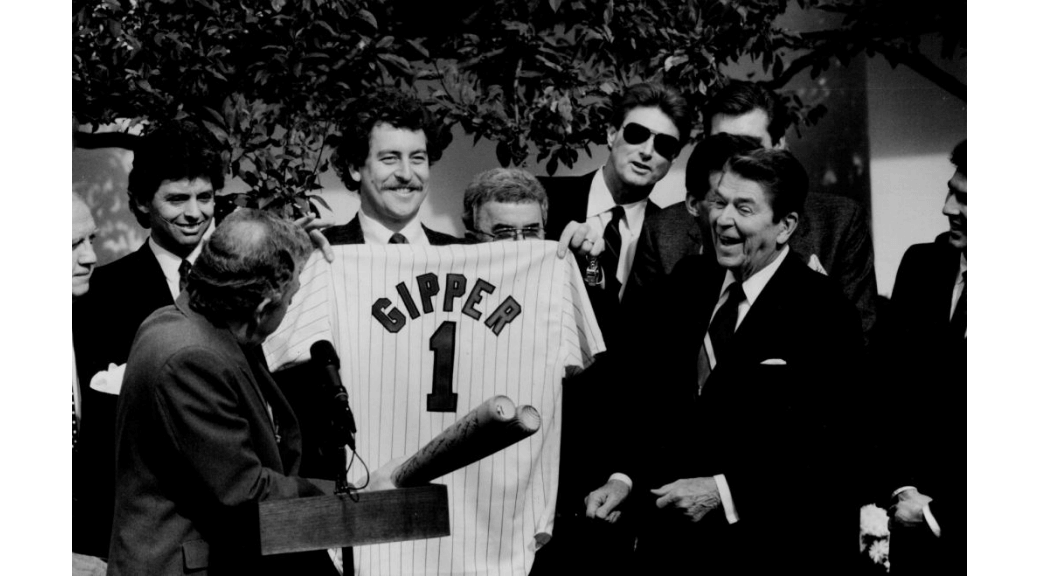MINNESOTA 5, SEATTLE 1 IN MINNESOTA
Date: Sunday, August 16.
Batting stars: Gary Gaetti was 2-for-4 with two doubles, scoring twice and driving in two. Gene Larkin was 2-for-4 with two doubles and an RBI. Steve Lombardozzi was 1-for-3 with a double and a run, scoring twice.
Pitching stars: Frank Viola pitched eight innings, giving up an unearned run on five hits and a walk with five strikeouts. Jeff Reardon pitched a perfect inning with one strikeout.
Opposition stars: Gary Matthews was 2-for-4. Mike Moore pitched a complete game, giving up five runs (four earned) on eight hits and four walks with three strikeouts.
The game: The Twins had a double, a walk, and two more doubles in the first inning, producing three runs. A single, a walk, and an error made it 4-0 through two. The only time Seattle threatened to get back into the game was in the fifth, when two singles and an error loaded the bases with one out. A ground out scored one run, but a strikeout ended the inning and the Twins were in control from then on.
Of note: Randy Bush was again in right field and in the leadoff spot, with Tom Brunansky in left and Dan Gladden out of the lineup...Kirby Puckett was 1-for-4 and was batting .319...Reardon got his ERA below five for the first time since his first appearance of the season, April 8. It should be pointed out, though, that from June 1 to the end of the season his ERA was 3.32...After a poor first inning and a somewhat shaky second, Moore was allowed a chance to regroup and pitched quite well through the end of the game. Teams don't very often seem to give pitchers the chance to do that any more.
Record: The Twins were 65-54, in first place by four games over Oakland.
Player profile: Mike Moore had four seasons in which he was very good, and even when he wasn't he was still a reliable innings eater and a very durable pitcher. Born and raised in Carnegie, Oklahoma, he attended Oral Roberts University and was drafted by Seattle with the first pick of the 1981 draft. He pitched in AA that season, made one start in AAA in 1982, then was placed in the Seattle rotation for the rest of the season. That went about as well as you'd expect it to go, which is not very. He split 1983 between AAA and the majors and had a poor season with the Mariners in 1984. At this point in his career he was 20-39, 5.02, and one imagines that most Seattle fans had decided he was a huge bust. If so, he showed them--in 1985 he went 17-10, 3.46, 1.22 WHIP and was tenth in Cy Young voting. In the next two years, 1986-87, though, he went 20-32, 4.52. He was a workhorse in those years, however, making 70 starts and pitching 494 innings. He came back to have a strong year in 1988, although his won-lost record doesn't show it--he went 9-15, but with a 3.78 ERA and a 1.13 WHIP. He became a free agent after the 1988 season, and one suspects that few Mariners fans were sorry to see him go. He signed with Oakland and gave them the best seasons of his career. He was 19-11, 2.61, 1.14 WHIP in 1989, finishing third in Cy Young voting behind Bret Saberhagen and teammate Dave Stewart, and he really was better than Stewart that season. He had a down year in 1990, but from 1991-92 he was 34-20. He again became a free agent and signed with Detroit. His numbers weren't very good there, but again, he ate a lot of innings for the Tigers for three seasons and twice led the league in starts. His career numbers are 161-176, 4.39, 1.42 WHIP, which are not impressive at all. But he led the league in starts four times and pitched over 200 innings every year from 1984-93 except for 1990, when he pitched 199.1. He averaged 227.1 innings and thirty-four starts over those ten seasons. That's a pretty valuable pitcher.


Combing through b-ref's less frequently cited value stats reinforces Chaps' point above. Over his career, Moore was 2.5 wins above average. If he had pitched for average teams over the span of his entire career, the expected cumulative winning percentage of those teams would be .506. Moore wasn't a strikeout king and had a below average career ERA+ (95), but FIP tells a slightly different story – his career ERA was 4.39, and his career FIP 4.27. He finished in the AL's top ten in FIP four times during his career.
In the end, Moore finished his career with a higher WAR (28.2) than two of 1981's better-known first round picks: Joe Carter (19.3) & future teammate Ron Darling (19.0). He averaged 3.6 WAR each season from 1985-1991, and that includes a disastrous -1.5 WAR campaign in 1990.
At this point in his career he was 20-39, 5.02, and one imagines that most Seattle fans had decided he was a huge bust.
Viola didn't start out all that well, either.
I remember thinking, after Viola's first two seasons, that he was never going to make it. Obviously, he proved me very wrong. It taught me a good lesson about the need for patience with young players.
thankfully there weren't a lot of good options on that young team and he was given ample opportunity
Good thing the Twins hired you a special advisor for this wisdom!